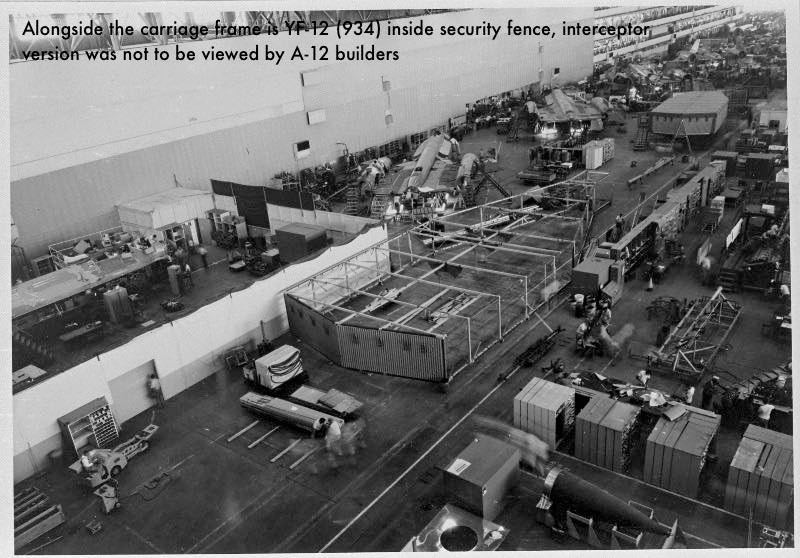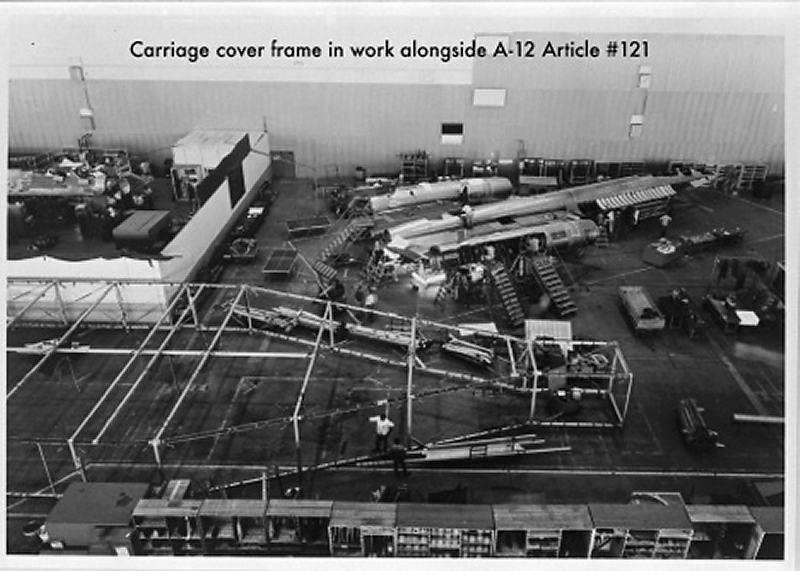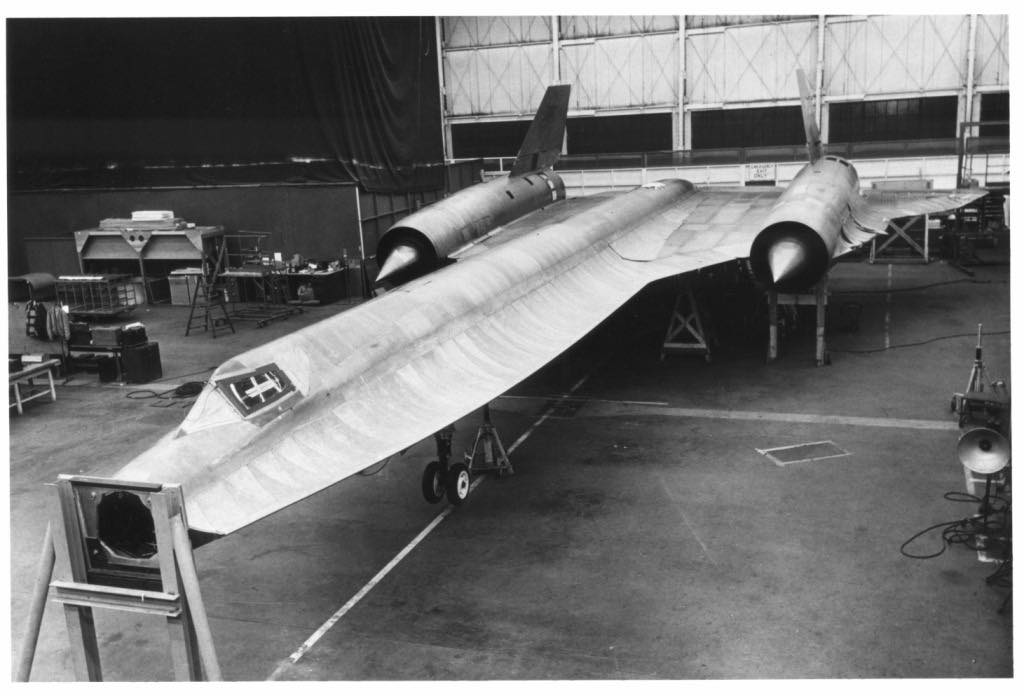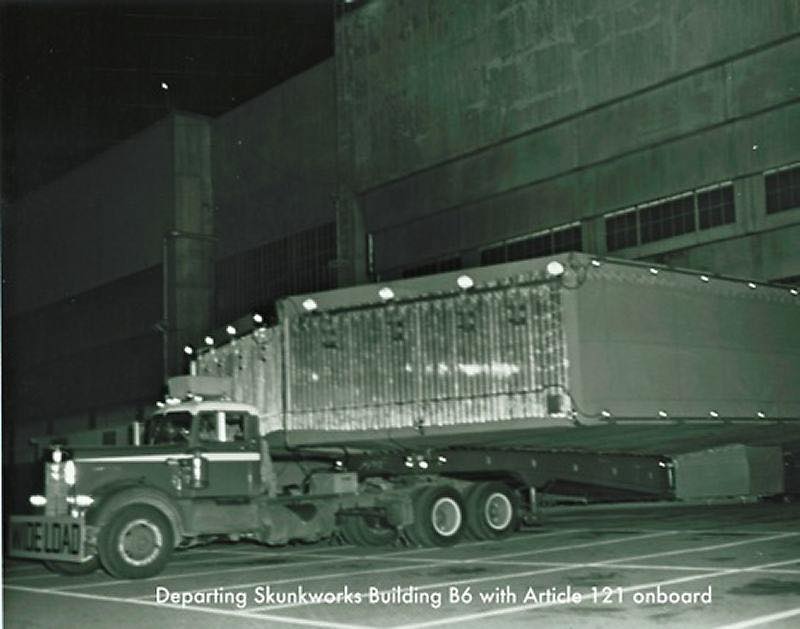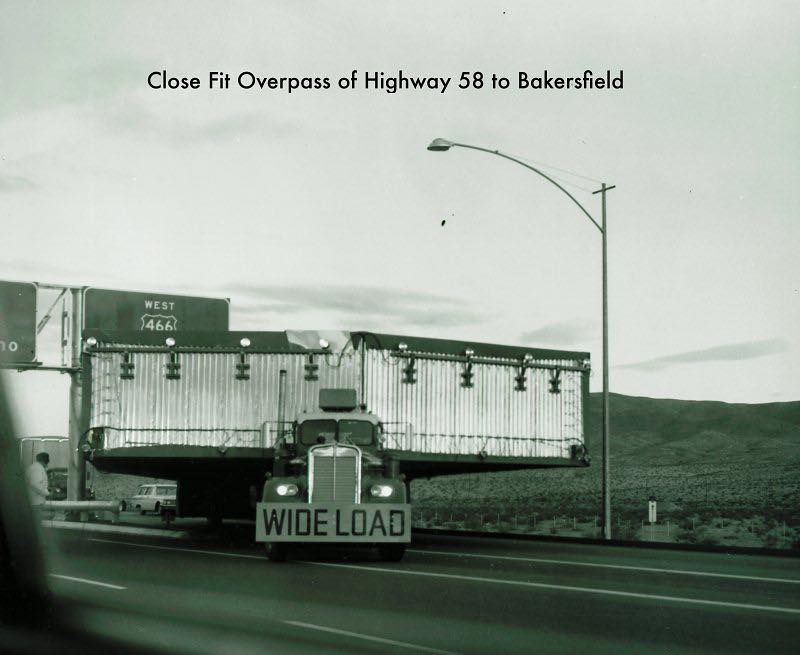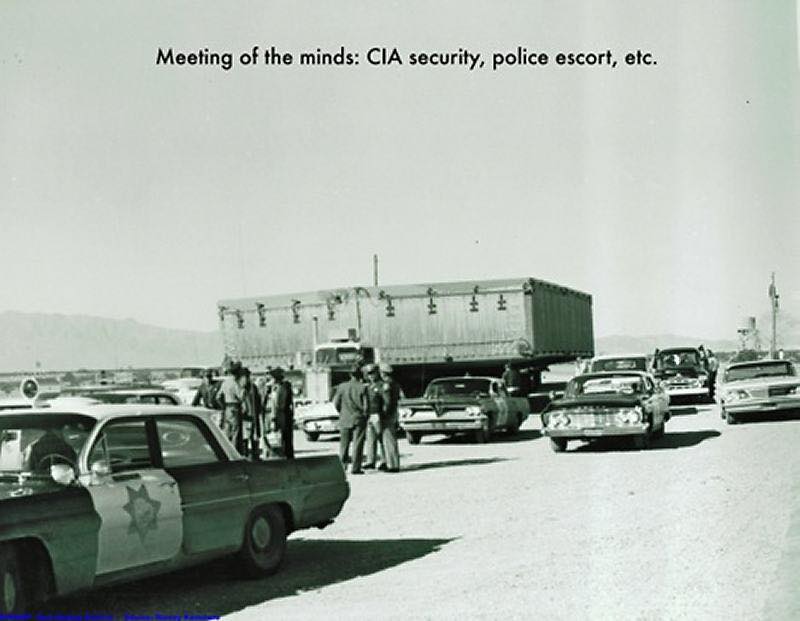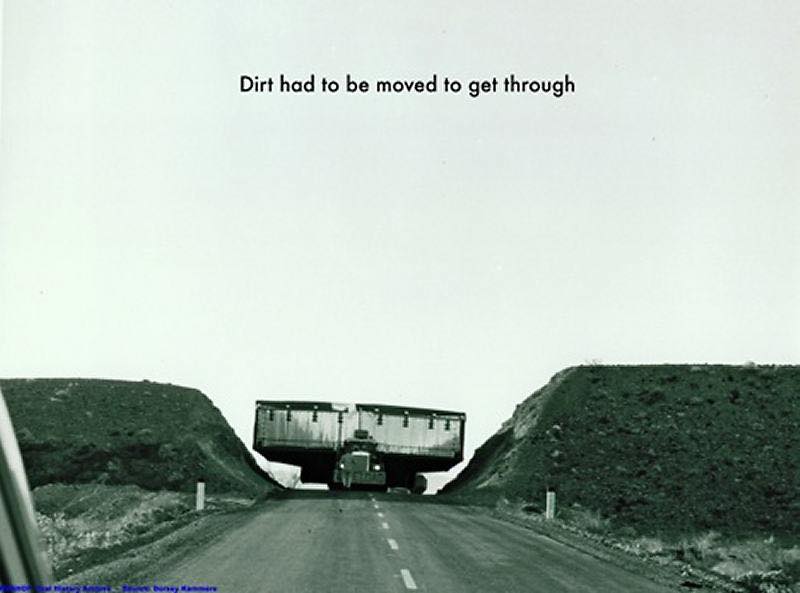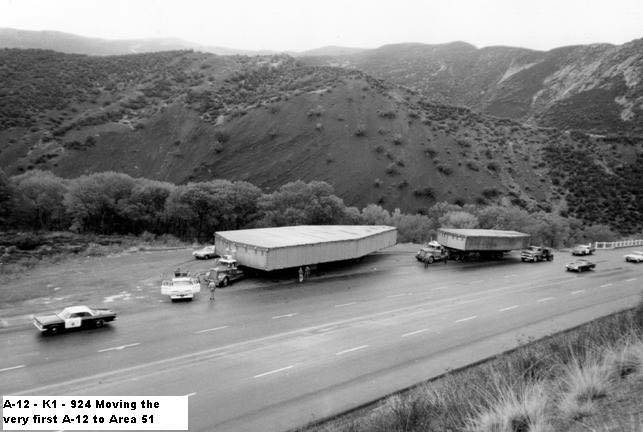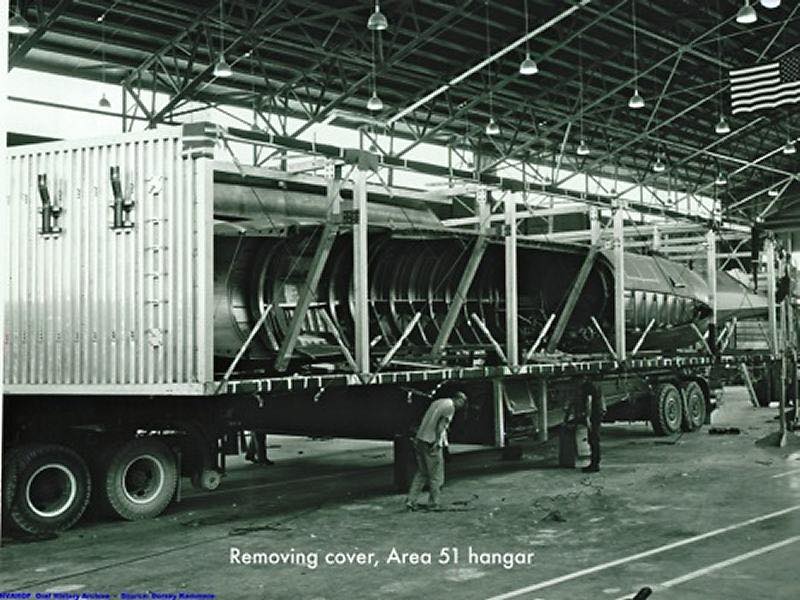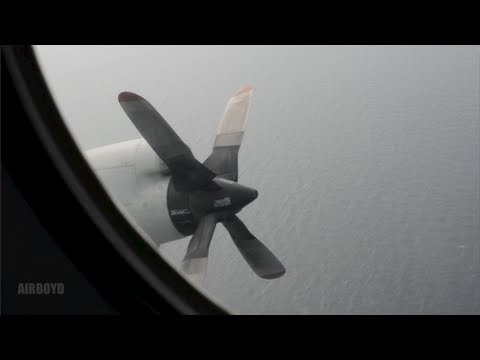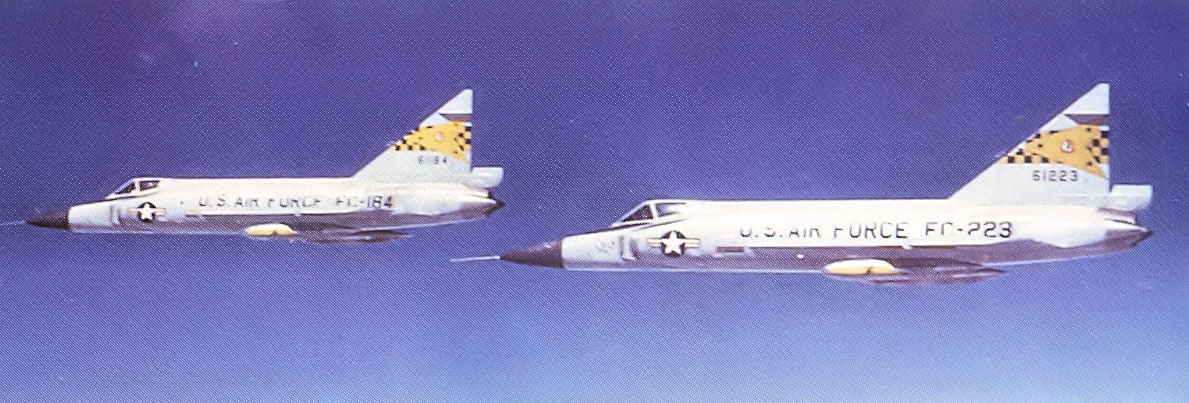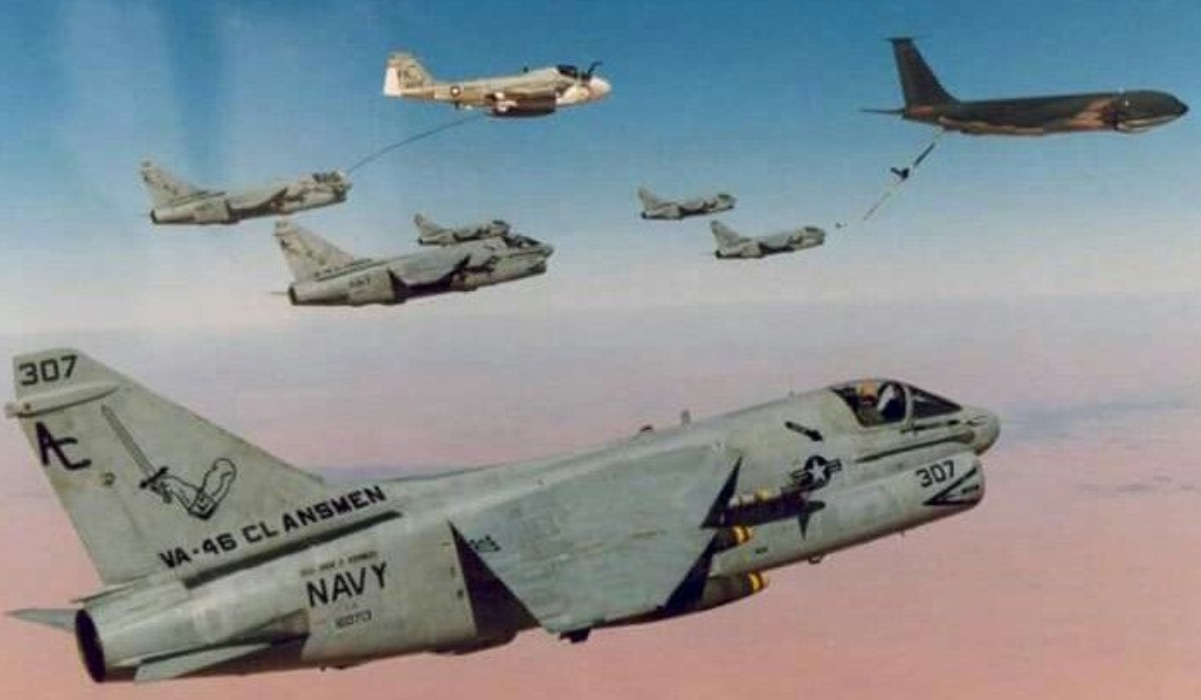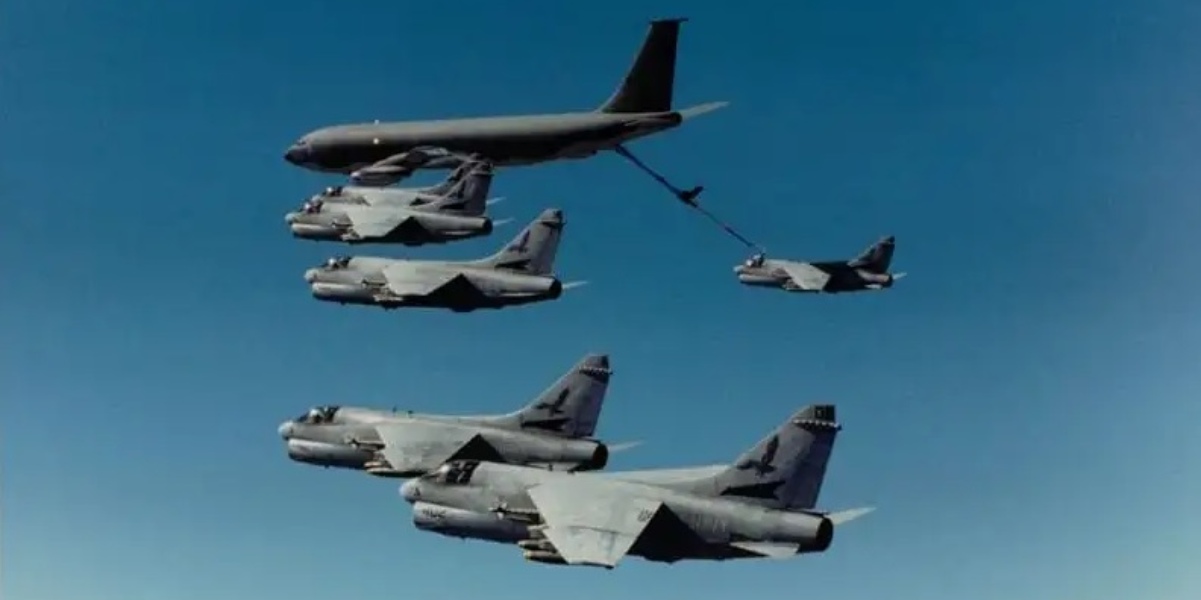The KC-135 Stratotanker
The KC-135 Stratotanker was the first offspring of the Dash 80. It was the only tanker employed by the Strategic Air Command for fifteen years, and it was built especially for aerial refueling.
The propeller-powered KC-97 tankers were replaced by the KC-135 because they were unable to keep up with the jet fighters and bombers. The last KC-97 and the first KC-135, dubbed “The City of Renton,” shared the Renton tarmac when they rolled out of the plant in 1956, providing a clear image of The Boeing Company’s full conversion to jet power.
Nine years of the Vietnam War saw 813,000 aerial refuelings of combat aircraft by KC-135s.
KC-135 Stratotanker crossing Vietnam DMZ
To save two F-105s that were running low on fuel, one tanker even crossed the Demilitarized Zone (DMZ) between Vietnam and China.
Richard Crandall, former USAF F-111 and F-15E Pilot at US Air Force (1980-1998), explains on Quora;
‘In the book Thud Ridge – Wing Commander Jack Broughton was leading a 2 ship of F-105s that was attempting the rescue of a downed Lt who had been down for a week.
‘They had helicopters inbound but one had problems and both left – in accordance with “doctrine”. He commented that it was within the rules but in previous rescues, one helicopter had been willing to continue alone. As an A-1 was leaving it was hit and caught fire – it called a Mayday. Broughton and his wingman, with no fuel to do so returned to CAP him in case he too ejected. The A-1 went into a vertical high-speed dive – gutsy move Maverick – as the high speed could have caused the wing root where the fire was to fail from the weakened hot metal. The fire however went out.
KC-135 heading to Vietnam DMZ
‘Broughton and his wingman, Ken Bell, now had no fuel to make it home. They called for help – eventually a Strategic Air Command KC-135 answered. I think the call was “do you have any gas for us?” and the reply was along the lines of “not really, but what little we have sounds like you need more than us”. The tanker broke the rules from SAC and headed North of the DMZ to meet them. The tanker was a Strategic Asset – needed for Air to Air refuelings for B-52s in case nuclear war with Russia occurred.’
Crandall continues;
‘Normally fighters will turn onto the tanker. The fighters and the tanker fly towards each other in opposite direction. When a certain distance away the fighter does a 180 degree turn and rolls out behind the tanker. Col Broughton was told by Bell “Boss, I’m hurting” as he was so low on fuel. Wingman never ever ever say that – the calls are “2, Joker, Bingo, Mayday and I’ve got the ugly one (at the bar)”. Colonel Broughton knew they had minutes only.
Flamed out F-105
‘The tanker did a fighter turn onto the fighters instead – a descending turn to roll out in front of the 2 F-105s. As the tanker rolled out Bell’s jet flamed out. The boomer told the pilot to push over into a dive – probably 10 to 20 degrees nose low and then talked him into position in front of the flamed out 105. Bell had likely extended its Ram Air Turbine to have electrical and hydraulic power without the engine running. Remember that the pilot in the tanker cannot see the 105 – it is behind and below him – has to solely go by the directions of the boomer. The boomer stabs the boom into Bell’s 105 and pumps the gas. On the boom Bell does an airstart. Meanwhile Col Broughton’s jet is chugging – just like in a car about to run out of gas. He jumps onto the boom before his engine quits and gets gas. All 3 aircraft return to Col Broughton’s base in Thailand – the 135 had to go there as no gas to return home.’
Crandall concludes;
‘I am sure that the entire tanker crew was hospitalized due to massive alcohol poisoning from the drinks they were given at the bar that night. Every fighter pilot who hear of this story has tremendous respect for all involved in this incident. Truly awesome aviation on everybody’s parts. On Col Broughton and his wingman for not abandoning an aircraft in distress and for the tanker that saved both of them.’
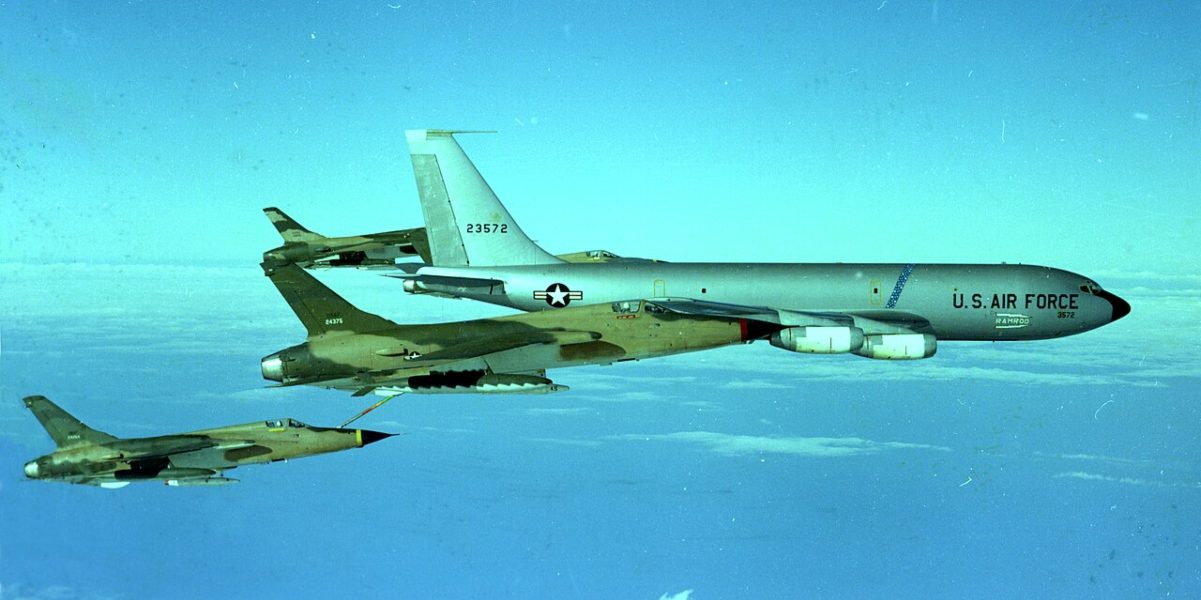
Photo by U.S. Air Force



